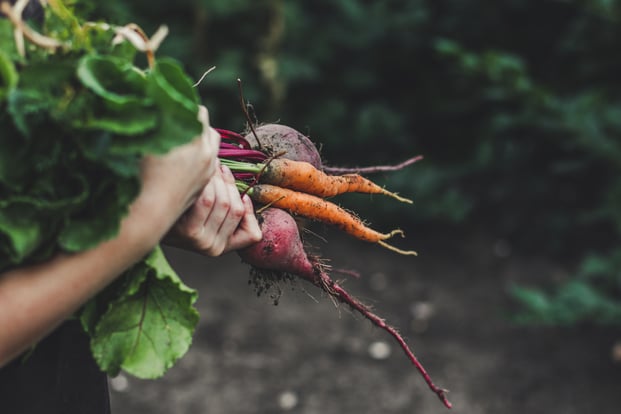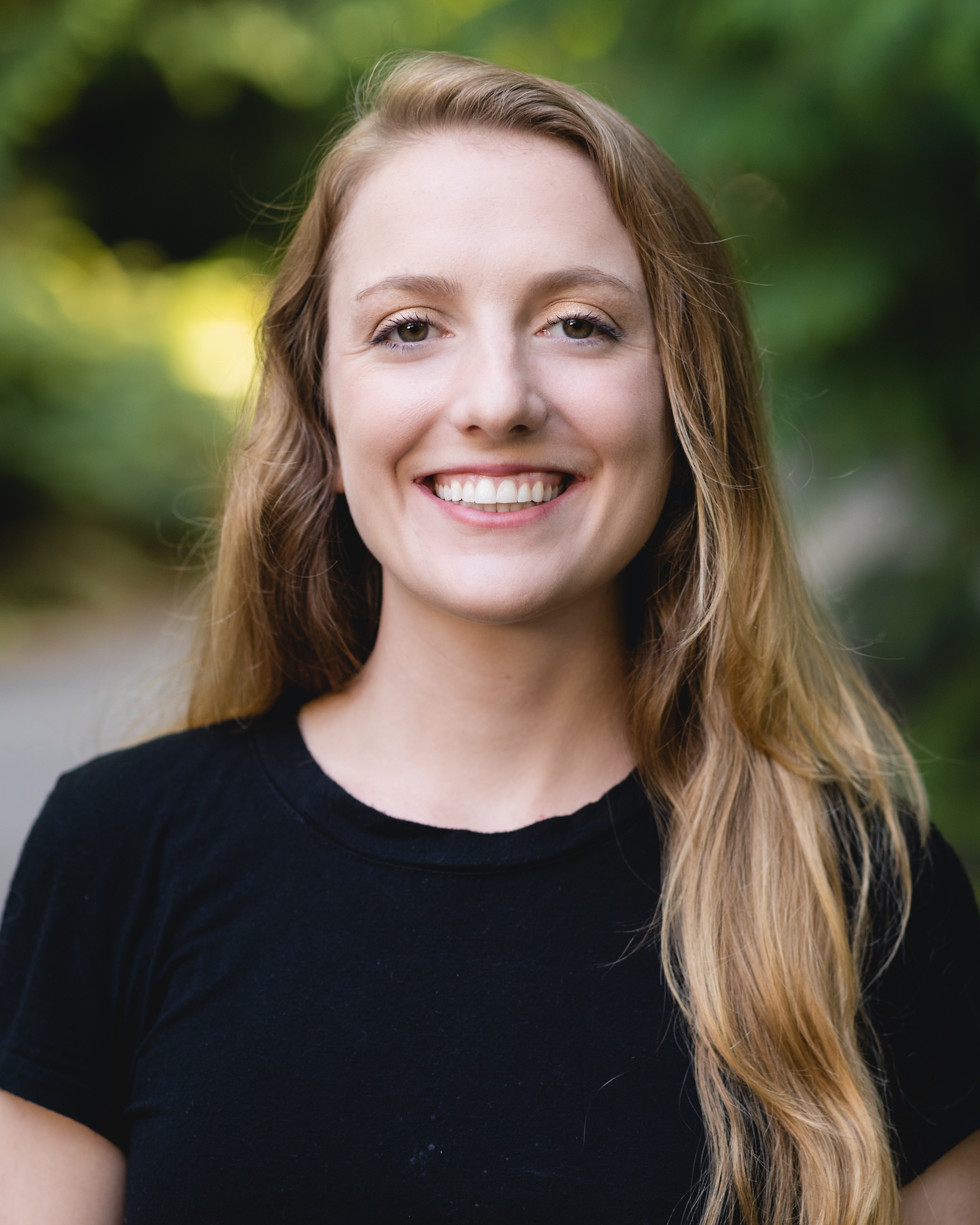
In 2020, Cedar Schimke, Executive Director of Slow Food Minnesota, posted an opportunity on VolunteerMatch, seeking creative volunteers to tell her organization's story. At the same time, filmmaker Kish Daniels was looking on VolunteerMatch for an engaging, skills-based project. He saw Cedar's posting and clicked the button, "I Want to Help," what came next was a project neither party could have expected. Kish and fellow volunteers, Bud Burge and Liz Werner, created a powerful documentary short: "Stories of Food: Good, Clean and Fair For All." A film about the "big, bright actions being taken by food revolutionaries in and around Minnesota."
Cedar and Kish share the process of the project, as volunteer leader and volunteer, from their perspectives.
Q& A with Cedar Schimke
What were you looking for when you posted on VolunteerMatch?
We struggle to move projects forward and move from idea into creation. I saw VolunteerMatch as a way to see if the interest was out there for someone with the capacity to create. I was looking for support on several fronts, this being the only post seeking a volunteer for a more specific project rather than an ongoing engagement.
Were you surprised by the product created by volunteers?
Yes, in the best way possible. I’ve worked with so many graphic designers, photographers, and videographers that are very young in their exploration of their art. Even people who have been at it a long time can still produce something with an aesthetic that is missing a lot of best practices. In short, you never know what you’re going to get when you work with a new artist. Similarly with volunteers, I never know how responsive they’ll be and how long that responsiveness will last. Sometimes it’ll be time for the rubber to hit the road and a volunteer will fall off the map. Kish came in, assembled a complete video production team, managed all the details, worked with so many revolutionary food folks, and left everyone feeling grateful for the experience. I was surprised by the intention, passion, and care that Kish, Liz, and Bud put into this, and how positively all of the folks featured in the film responded.
What was the most rewarding part of working with a team of volunteer creatives?
The absence of money as a form of reciprocity made this project glow. Everything operated on trust, communication, and gratitude. It shaped the project. I find that the communal fabric woven during this process has a completely different texture than in a monetary exchange. We are accountable to each other beyond a handful of dollars. We are accountable to tell the story in a good way, share it in a good way, and make sure whatever financial support does come in as a result of the film gets shared out among all the people that were involved, not just our organization. The process was magic.
What would you recommend to nonprofit professionals seeking to tell their story in a similar way?
Be specific in your ask, but keep flexibility. Don’t think you need to have every sentence written out. Instead, start with a nebulous idea so you can give your volunteers the opportunity to explore where the idea wants to lead them. Know if you have branding marks you need to hit (fonts, colors), and the feelings you want your project to evoke. Sometimes it can be easier and more exciting to commit to a project that you get to take ownership over than to follow specific directions. This won’t work for all volunteers, but if you’re short on capacity and willing to give the volunteers a lot of freedom and trust, real magic can come out of the process without a lot of effort on your end.
Is there anything else you would like the world to know about this project or about your organization?
This film is about relationships and the light that shines through people who are really passionate about their work. The entire process was rooted in that ethic—honor relationships first, build trust, and let the story flow. We allowed the story to lead the way, showing us where it would flow rather than us forcing a direction and trying to cut and paste folks’ words into a pre-shaped container. By being curious and flexible, we came out with something that was both exactly what we wanted and so much deeper and richer than we could have articulated from the beginning of the project.
Q& A with Kish Daniels



